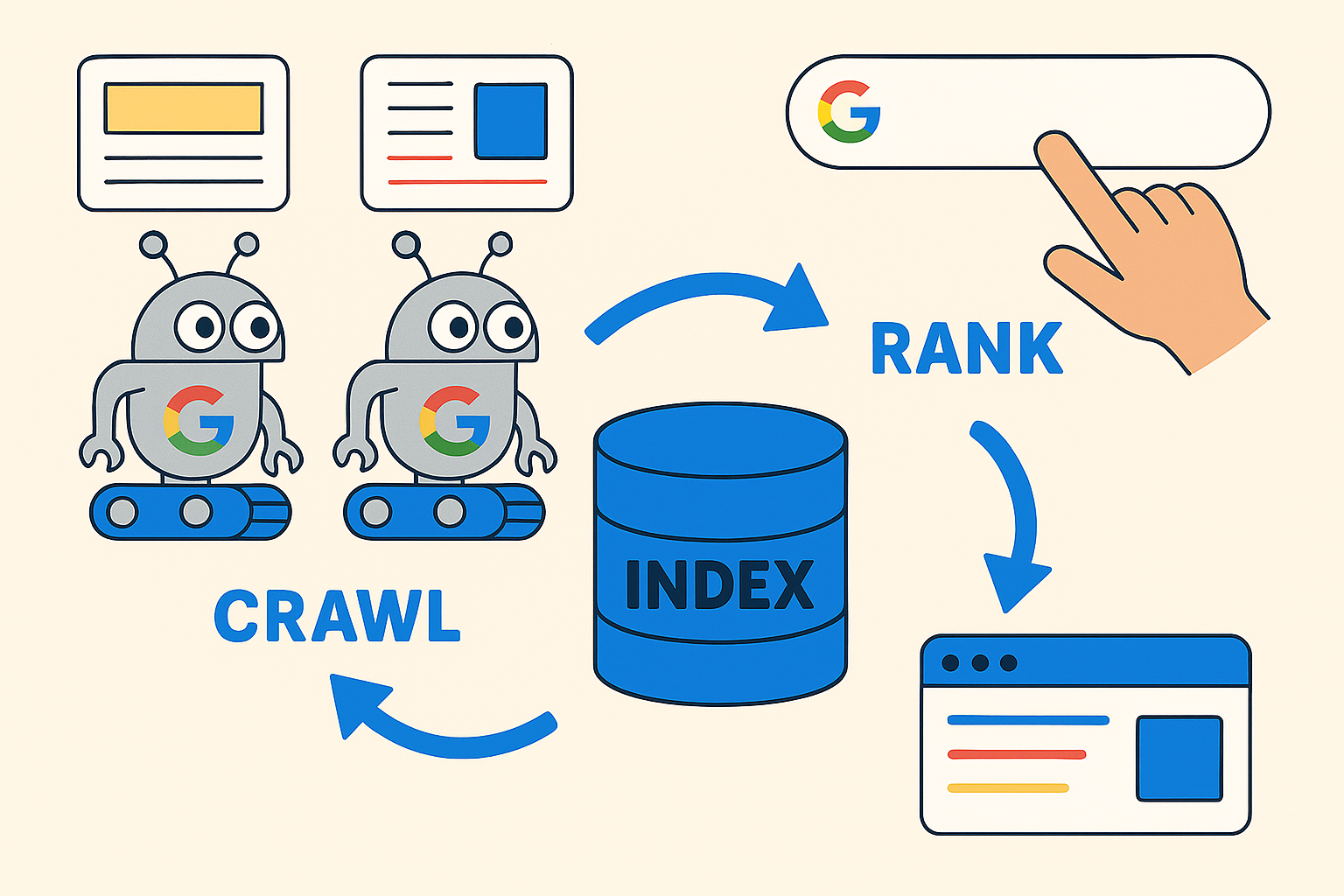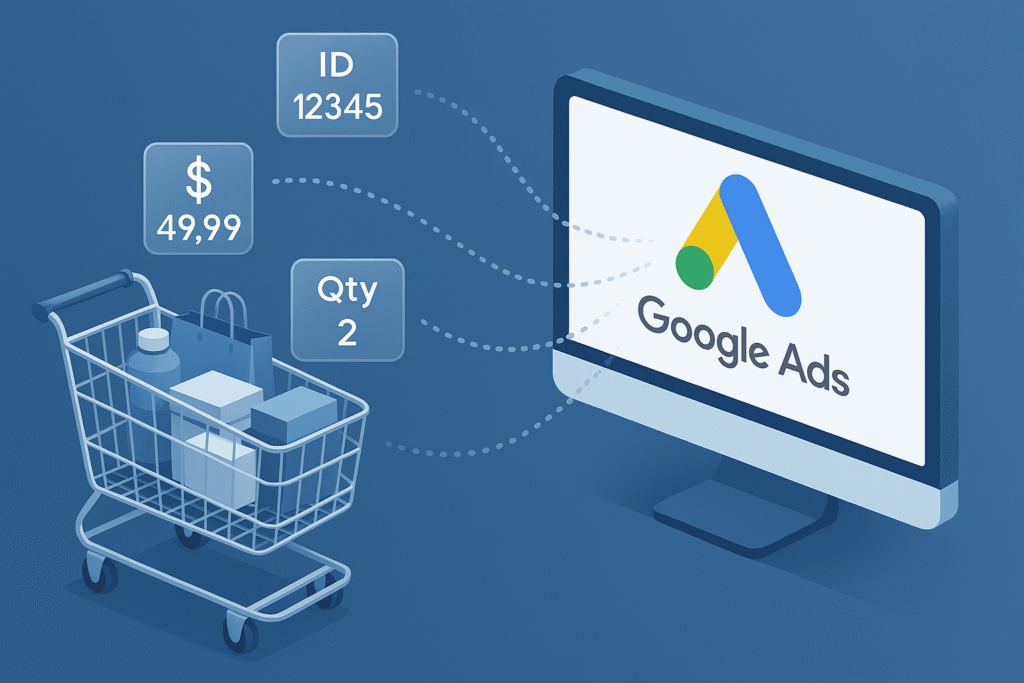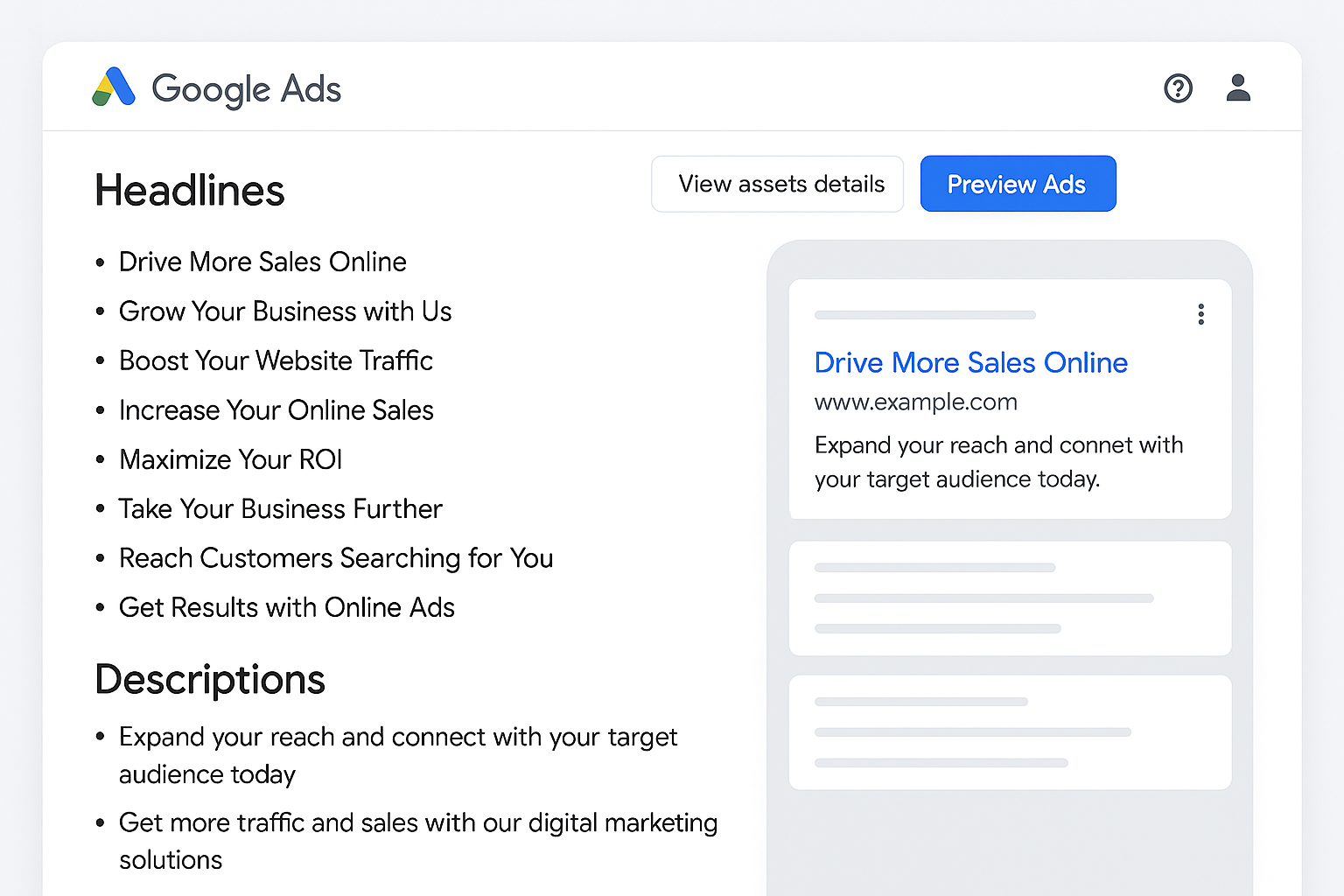If you have ever wondered how websites show up on the first page of Google, the answer is SEO, Search Engine Optimization. But learning SEO can feel overwhelming when you are just starting out. So, How to Learn SEO? There are hundreds of guides, tools, and opinions online, which makes it confusing to know where to begin. Stay ahead by exploring Google recent enhancements to Performance Max that can supercharge your campaigns.
How to Learn SEO in 5 Simple Steps
The good news is that you do not need to be a tech genius to get started. Anyone can learn SEO step by step with the right roadmap. This article will break down the basics, the skills you need, and the tools that will help you grow. By the end, you will have a clear plan on how to learn SEO as a beginner and actually put it into practice.

Step 1: Understand How Search Engines Work
Before you start optimizing anything, you need to know how search engines like Google operate. Search engines use bots, also called crawlers, to scan the internet and collect information about websites. This data is stored in a massive database called an index. When you type in a query, Google quickly searches its index and shows you the most relevant results.
Your job as someone learning SEO is to make sure your website can be found, properly indexed, and understood by search engines. When Google knows what your content is about, it has a much better chance of ranking it for the right keywords. Fix tracking issues effectively with the cart data diagnostics tool and improve your eCommerce performance.
Step 2: Master Basic SEO Skills
The heart of SEO is a mix of technical know-how, creativity, and consistency. To start, beginners should focus on five key skills:
1. Conduct Keyword Research
Keyword research means finding out what people are typing into Google. These words and phrases, called keywords, guide your content strategy. A good keyword should have enough monthly searches, be relevant to your business, and not be so competitive that you cannot rank for it.
Tools like Semrush’s Keyword Magic Tool, Google Keyword Planner, or Ahrefs can help you discover and analyze keywords. Think of keyword research as building a map that shows you where to focus your efforts.
2. Create SEO-Friendly Content
Once you know the right keywords, it is time to create content around them. This could be blog posts, product pages, or guides. Good SEO content should:
- Match search intent (give users what they really want)
- Be unique compared to other results
- Use clear headings and short paragraphs
- Include visuals and images where useful
- Add keywords naturally without stuffing them
The goal is simple: write content that is useful and easy to read.
3. Apply On-Page SEO
On-page SEO means optimizing the elements on your webpages so Google can understand them. Some important factors include:
- Title tags: The clickable title in search results. Include your main keyword.
- Meta descriptions: Short summaries under the title. These encourage clicks.
- Headings (H1, H2, H3): Organize your content clearly.
- URL slugs: Keep them short, descriptive, and keyword-rich.
- Internal links: Connect your pages so users and search engines can navigate easily.
On-page SEO is often the first practical step beginners can apply and see results.
4. Improve Technical SEO
Technical SEO makes sure your site is built in a way that search engines can crawl and index. Some basics include:
- Creating an XML sitemap so Google knows which pages to index
- Using a robots.txt file to guide crawlers
- Making your site mobile-friendly
- Having fast-loading pages (Google looks at Core Web Vitals)
- Using HTTPS for security
Free tools like Google Search Console or Semrush’s Site Audit can flag technical issues and show you how to fix them.
5. Start Link Building
Backlinks, or links from other websites pointing to yours, are one of the most powerful SEO ranking factors. The more high-quality, relevant sites link to you, the more trustworthy your site looks to Google.
Ways to build backlinks include:
- Publishing original, useful guides or research
- Reaching out for broken link replacements
- Running digital PR campaigns to get media mentions
Not all backlinks are equal. Links from strong, relevant websites carry much more weight than spammy ones. Expand your reach with this guide on how advertisers can get their campaigns on YouTube TV.
Step 3: Use the Right SEO Tools
You cannot do SEO effectively without the right tools. Luckily, there are many free and paid options for beginners.
- Google Analytics: Tracks how users find and use your site.
- Google Search Console: Monitors how Google crawls and ranks your site.
- Semrush or Ahrefs: Helps with keyword research, backlink analysis, and site audits.
- Yoast SEO (for WordPress users): Makes on-page optimization easier.
Using these tools regularly will help you practice, measure results, and improve.
Step 4: Practice What You Learn
The best way to learn SEO is by doing. Create a small website or blog, choose a niche you are passionate about, and start experimenting. Write content, optimize pages, and watch how your site performs in search results.
SEO takes time, so do not expect overnight success. It can take months before your work starts to pay off. But the more you test, track, and adjust, the faster you will learn.
Step 5: Develop Additional Skills
As you grow, you will discover that SEO overlaps with other digital skills. Some helpful areas to explore include:
- Content marketing: How to promote your content effectively
- Analytics: How to read data and make decisions
- Web development basics: Understanding HTML and CSS helps with technical SEO
- User experience (UX): Creating sites that are not just optimized for search engines, but also enjoyable for people
These additional skills can make you stand out and open doors to advanced SEO projects. Discover the latest tips for running a Performance Max campaign that truly delivers ROI.
Final Thoughts
Learning SEO may seem complicated at first, but breaking it down step by step makes it much easier. Start with the basics: understand how search engines work, learn keyword research, create useful content, apply on-page SEO, fix technical issues, and begin link building.
Use free tools like Google Search Console to practice, and remember that patience is key. SEO is a long-term investment, but once you master it, you can drive traffic to websites for years without paying for ads. See how Google new AI tools slash fake ad activity to keep advertisers safe.
If you are a beginner wondering how to learn SEO, the roadmap is simple: learn the basics, practice consistently, use the right tools, and stay curious. The world of SEO is always changing, but the foundation you build today will prepare you for the future. Hope so, now you know How to Learn SEO.




